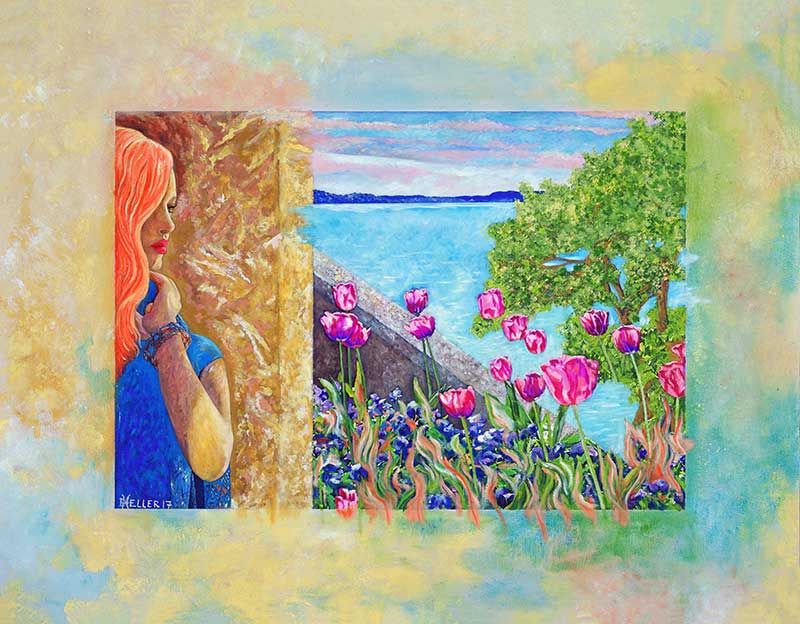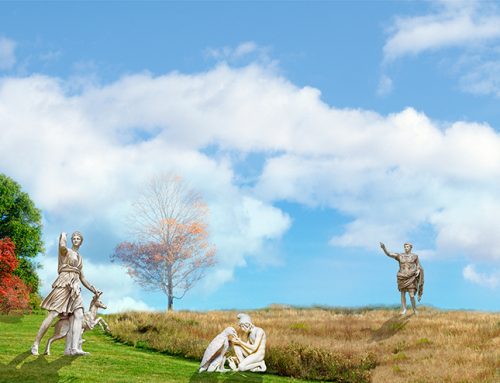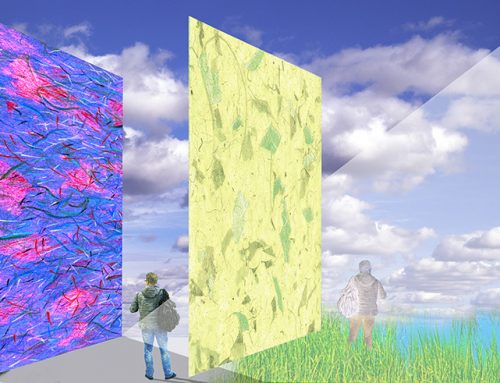The basics of oil painting art
The oil painting was written to provide general information about oil paintings. Books on the subject exist galore, it is not the purpose of this article to provide an exhausting scholarly article. Just the basics to serve the beginner.
You may be amazed at paintings you see on a visit to a museum, art gallery or an artist studio. The daunting question is usually, how did the artist create the painting. If you were to buy an original oil painting you loved, you would also want to know among other things, how the painting was created. What were the materials that were applied and technical steps and sequence of production? You would also want to know the durability of the product, it’s longevity.
The technique
Artists use several types of techniques to create a painting. For the most part, it has to do with the materials used and the surfaces to support the painting material. The main painting techniques include the following materials: watercolor, tempera(gouache), acrylics, and the granddaddy of them all oil painting.
It is important to note that of all the painting materials used throughout history, oil painting is the most durable. All materials eventually deteriorate in time and oil painting is no exception, but painting in oil outlasts all other mediums. An oil painting can last for hundreds of years before it begins to fade while a watercolor or a drawing exposed to light may deteriorate very quickly.
Definition of oil painting
The following is a synopsis from Wikipedia’s own term explaining the nature of oil painting:
“Oil painting is the process of painting with pigments with a medium of drying oil as the binder. Commonly used drying oils include linseed oil, poppy seed oil, walnut oil, and safflower oil. The choice of oil imparts a range of properties to the oil paint, such as the amount of yellowing or drying time. Certain differences, depending on the oil, are also visible in the sheen of the paints. An artist might use several different oils in the same painting depending on specific pigments and effects desired. The paints themselves also develop a particular consistency depending on the medium. The oil may be boiled with a resin, such as pine resin or frankincense, to create a varnish prized for its body and gloss.
Historical notes
Although oil paint was first used for Buddhist paintings by Indian and Chinese painters in western Afghanistan sometime between the fifth and tenth centuries,[1] it did not gain popularity until the 15th century. Its practice may have migrated westward during the Middle Ages. Oil paint eventually became the principal medium used for creating artworks as its advantages became widely known. The transition began with Early Netherlandish painting in Northern Europe, and by the height of the Renaissance, oil painting techniques had almost completely replaced the use of tempera paints in the majority of Europe.
In recent years, water miscible oil paint has come to prominence and, to some extent, replaced traditional oil paint. Water-soluble paints contain an emulsifier that allows them to be thinned with water rather than paint thinner, and allows very fast drying times (1–3 days) when compared with traditional oils (1–3 weeks)…”
If you are looking for the most durable stable medium, your best bet is to purchase a painting that was painted in oils.
Suggested reading
Italian Renaissance oil painting article






